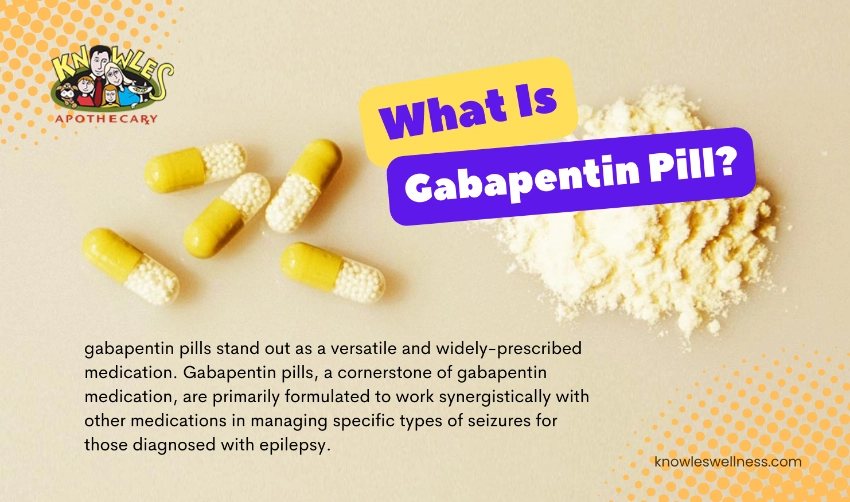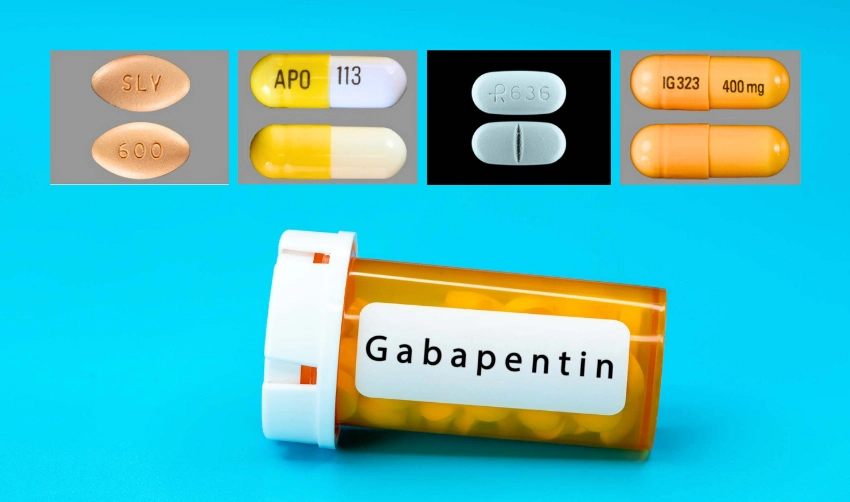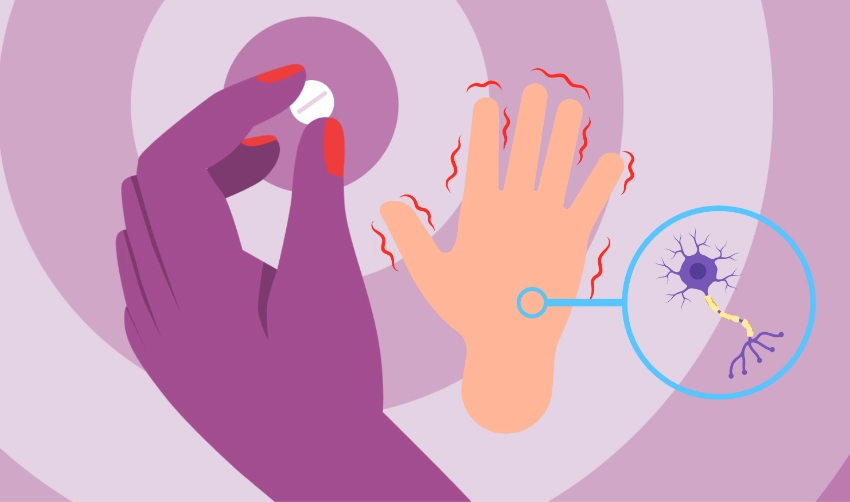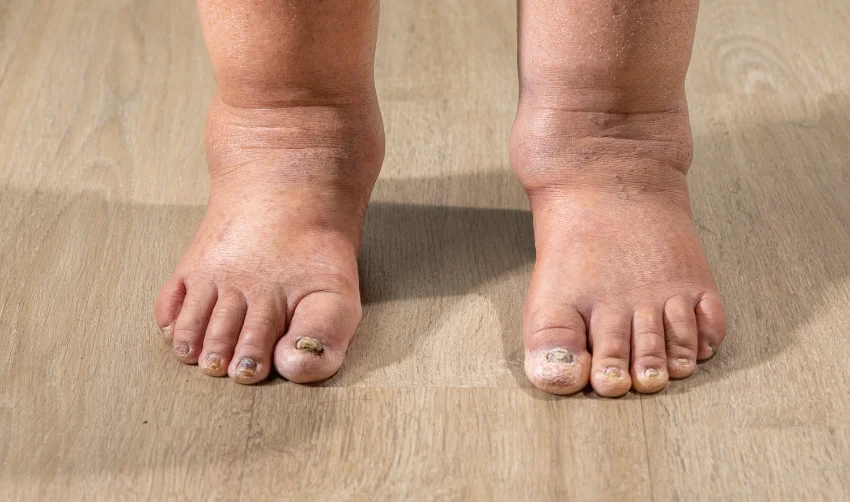In the ever-evolving world of pain management medications, the gabapentin pill has emerged as a significant player. As a gabapentin medication, it offers relief to countless individuals suffering from various ailments, from nerve pain to anxiety. With its multifaceted applications, understanding what gabapentin pills look like, their primary uses, and potential gabapentin medication side effects is paramount for both healthcare professionals and patients alike. This comprehensive guide aims to shed light on the intricacies of this versatile medication, ensuring that those who rely on it are well-informed and empowered.
What Is a Gabapentin Pill?

In the realm of pharmaceuticals, gabapentin pills stand out as a versatile and widely-prescribed medication. As professionals in the compounding pharmacy sector, it’s crucial to have an in-depth understanding of this drug and its applications. Let’s delve into the intricacies of gabapentin medication.
Gabapentin pills, a cornerstone of gabapentin medication, are primarily formulated to work synergistically with other medications in managing specific types of seizures for those diagnosed with epilepsy. Beyond its anticonvulsant properties, these pills have garnered attention for their efficacy in treating the pain associated with postherpetic neuralgia (PHN). PHN is a challenging condition, often manifesting as persistent burning or stabbing sensations that can linger long after a shingles outbreak has subsided.
The extended-release variant of this medication has also found its niche in treating restless legs syndrome (RLS). RLS sufferers often describe an overwhelming urge to move their legs, especially during the evening or when in a resting position. As an anticonvulsant, gabapentin medication works by tempering abnormal brain excitations, thereby mitigating seizures. Its mechanism in PHN treatment revolves around modifying the body’s pain perception pathways. However, the exact modus operandi of gabapentin pills in RLS therapy remains a topic of ongoing research.
For compounding pharmacists, it’s essential to note the visual distinctions in gabapentin pills. Their appearance can vary, contingent on the manufacturer and the specific gabapentin formulation. Ensuring that patients receive the correct gabapentin medication for pain is paramount. For those patients grappling with joint pain, a consultation to assess the suitability of gabapentin for joint pain is always advisable, for those exploring topical pain management solutions, a pain relief compound cream might offer a promising avenue. As compounding pharmacy experts, staying abreast of such versatile medications not only enhances our professional expertise but also ensures optimal patient care.
What Does Gabapentin Pill Look Like?

Gabapentin, a widely recognized gabapentin medication, is primarily prescribed to control certain types of seizures in individuals with epilepsy. Additionally, it serves as a gabapentin medication for nerve pain, specifically postherpetic neuralgia, which manifests as a burning or stabbing sensation that can persist for months or even years after a shingles outbreak. This gabapentin nerve pill also finds its use in treating restless legs syndrome, a condition characterized by discomfort in the legs and an overwhelming urge to move them, especially during the night or when seated. The exact mechanism through which gabapentin acts to alleviate restless legs syndrome remains unknown. However, it’s believed that the gabapentin medication treats seizures by reducing abnormal excitement in the brain and modifies the body’s pain perception to relieve the pain of PHN.
For those struggling with nerve pain prescription medicines, gabapentin offers a potential solution. It’s essential to understand that while gabapentin can control conditions like PHN and seizures, it doesn’t cure them. Patients are advised to continue their gabapentin medication for anxiety or other conditions even if they feel well. Abruptly stopping the intake can lead to withdrawal symptoms such as anxiety, sleep disturbances, nausea, pain, and sweating. Furthermore, those using it for seizures might experience more frequent seizures upon sudden discontinuation. Like any other medication, gabapentin comes with its share of gabapentin medication side effects, which can range from drowsiness and dizziness to more severe reactions that require immediate medical attention.
What Color Are Gabapentin Pills?

The Gabapentin pill is a medication that is commonly prescribed for various conditions. However, the website does not provide specific details about the color of the Gabapentin medication. It’s essential to note that Gabapentin pills can come in various colors, depending on the manufacturer, strength, and brand name. It’s always recommended to identify pills based on their imprint code, shape, and color using reliable sources. If you’re curious about what Gabapentin pills look like, it’s best to consult the Drugs.com Pill Identifier or speak with a healthcare provider.
For those seeking alternative treatments, it’s worth exploring herbal treatments for anxiety. While Gabapentin medication for pain is effective, some individuals prefer natural remedies. Always ensure to consult with a healthcare professional before making any changes to your medication regimen, especially if you’re considering switching from a Gabapentin pain pill to a herbal remedy.
What Kind of Pain Does Gabapentin Relieve?
1. Gabapentin: A Pill for Nerve-Related Pain

Gabapentin, often recognized as a gabapentin pill, is a medication primarily designed to treat neuropathic pain, which is pain resulting from nerve damage. This type of pain is distinct from the pain messages transmitted by healthy nerves from injured tissue. The gabapentin pain medicine has been found effective in treating conditions like postherpetic neuralgia (pain after shingles) and painful diabetic neuropathy. Studies have shown that a significant number of patients have experienced substantial pain relief when taking gabapentin at doses of 1200 mg daily or more. This relief is especially notable when compared to placebo treatments.
2. Gabapentin: More Than Just Pain Relief | for anxiety and nerve

Apart from its primary use for neuropathic pain, gabapentin has other therapeutic applications. Some patients have found gabapentin for joint pain to be beneficial. Additionally, while it’s primarily known as a gabapentin nerve pill, it has also been explored as a gabapentin medication for anxiety. However, like all medications, gabapentin comes with potential side effects. Some patients have reported dizziness, somnolence, and other adverse reactions. It’s essential to consult with a healthcare professional to determine the right dosage and to be aware of potential interactions with other medications. For those struggling with sleep, considering the Best OTC sleeping pills might be a viable option.
The Side Effects of Gabapentin Medications
Gabapentin, a medication commonly used to treat neuropathic pain, has been extensively studied for its efficacy and potential side effects. While it offers relief to many, like all medications, it is not without its drawbacks. Here are five probable side effects of gabapentin medications:
Dizziness

One of the most reported side effects of gabapentin is dizziness. This can be particularly concerning for patients who need to operate machinery or drive. It’s essential for patients to understand how gabapentin affects them before engaging in activities that require focus and coordination.
Somnolence

Gabapentin can cause somnolence or a strong desire to sleep. This can be problematic for individuals who need to remain alert during the day. It’s crucial to monitor this side effect and adjust dosages or timings if it interferes with daily activities.
Peripheral Oedema

Peripheral oedema, or swelling in the extremities, is another side effect associated with gabapentin. This can be uncomfortable and concerning for patients, and regular monitoring by healthcare professionals is advised.
Gait Disturbance

Some patients on gabapentin have reported gait disturbances. This can affect their ability to walk or move normally. It’s essential for patients to be aware of this potential side effect and to seek medical advice if they experience any changes in their movement.
Adverse Event Withdrawals

A notable concern with gabapentin is the higher rate of adverse event withdrawals compared to placebo. This means that a significant number of patients stop taking the medication due to side effects, emphasizing the importance of regular check-ups and open communication with healthcare providers.
while gabapentin medication for nerve pain offers relief to many, it’s essential to be aware of its potential side effects. As with any gabapentin pain medicine, it’s crucial to weigh the benefits against the risks. If you’re considering a gabapentin pill for pain relief or as a gabapentin sleeping pill, it’s essential to discuss these side effects with your healthcare provider. Always stay informed about gabapentin medication side effects and consider seeking a Maryland prescription refill online if needed.
How to Get Gabapentin Prescription?
To obtain a prescription for the gabapentin medication, it’s essential to consult with a healthcare professional who can evaluate if this medication is suitable for your specific needs. Gabapentin pills are primarily prescribed for conditions like nerve pain and anxiety. Before getting a prescription, it’s crucial to be informed about what gabapentin pills look like and be aware of the gabapentin medication side effects. Some individuals use gabapentin for joint pain, while others might be prescribed gabapentin medication for anxiety or as a gabapentin nerve pill. It’s also used as a gabapentin sleeping pill in some cases. Always ensure you’re knowledgeable about the potential side effects, such as drowsiness, nausea, and mood changes, and report any serious side effects to your doctor immediately. Being informed and having open communication with your healthcare provider will ensure you get the most benefit from the gabapentin pain medicine.
Conclusion
The journey through the world of gabapentin medication reveals its vast potential in addressing a range of conditions, from neuropathic pain to restless legs syndrome. With its varied applications, it’s no wonder that this gabapentin pain medicine has become a staple in many treatment plans. However, like all medications, it’s essential to approach its use with knowledge and caution. Being aware of what gabapentin pills look like, their potential side effects and their primary uses can make a significant difference in treatment outcomes. For those seeking further insights or personalized medication solutions, consider reaching out to a compounding pharmacy in Kensington. Their expertise can provide tailored solutions, ensuring optimal patient care and well-being.


